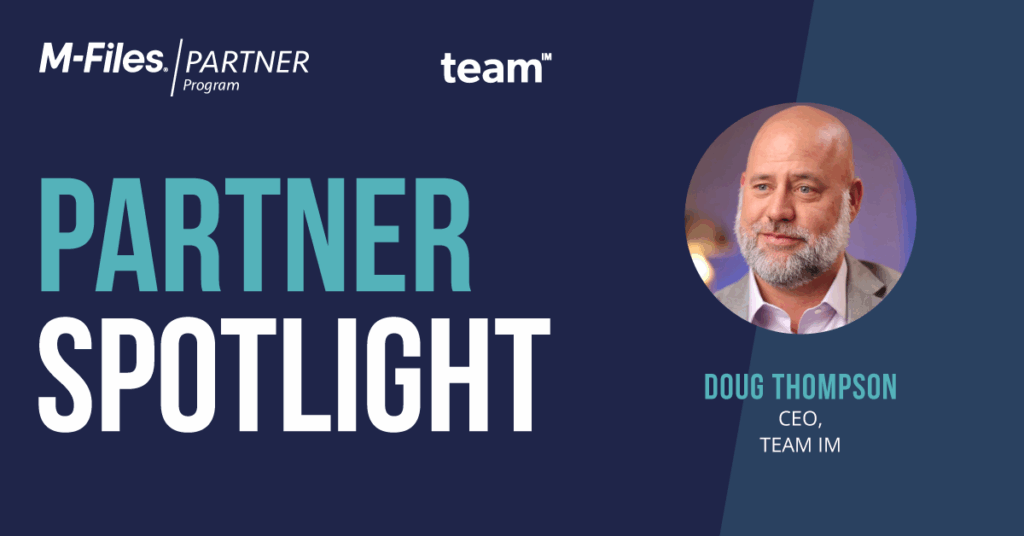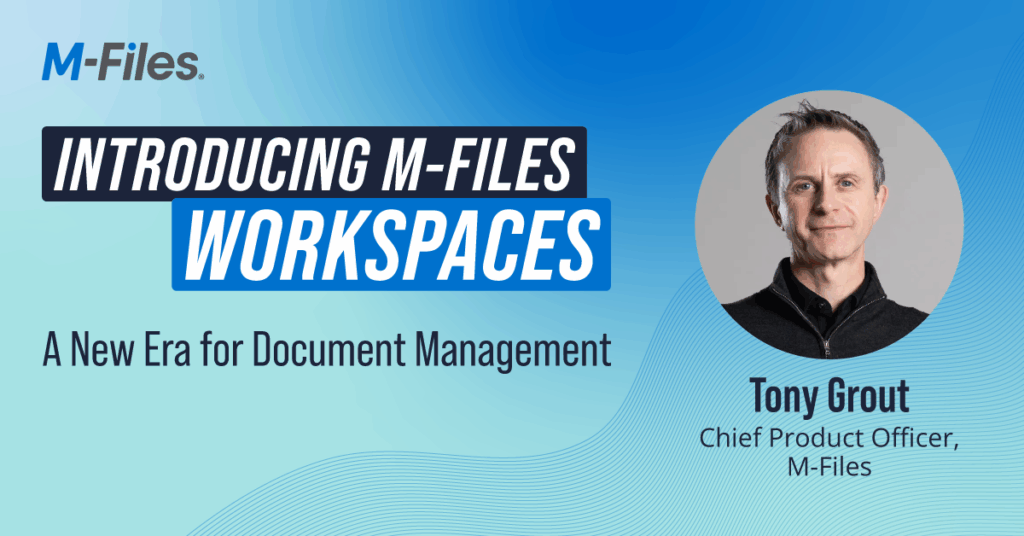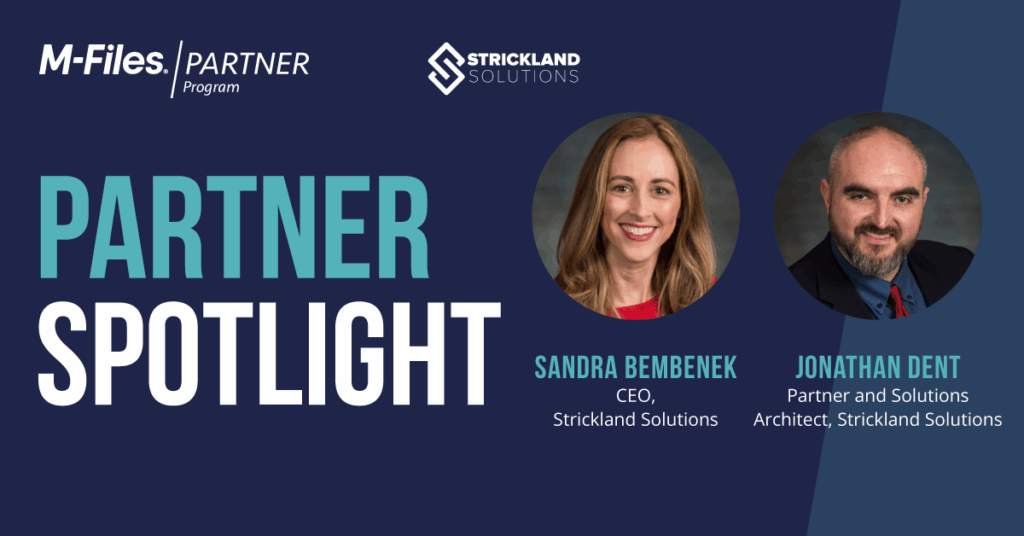Exploring DMS Features: Metadata, Version Control, and Beyond

Modern Document Management Systems do more than store files. They organize, secure, track, and enhance every step of the document lifecycle. From smart metadata and versioning to real-time tracking and duplicate prevention, a good DMS helps teams work more efficiently and with fewer errors.
A modern DMS also plays well with other business applications. For example, M-Files surfaces documents directly within Microsoft 365, letting teams collaborate on files in Outlook or Teams without missing a beat.
This article breaks down key DMS features that go beyond basic storage and shows how they support productivity, collaboration, and compliance.
Is there a difference between a DMS and Enterprise Content Management?
Yes. A DMS focuses specifically on managing documents. It handles tasks like file storage, version control, workflow automation, and metadata tagging. Enterprise Content Management, or ECM, is a broader category that includes document management but also covers things like records management, web content, email archiving, and digital asset management.
Think of a DMS as a core part of an ECM strategy. Many organizations start with document management and grow into broader ECM capabilities over time.
Solutions like M-Files are often used as the foundation for larger ECM strategies because they support both structured document workflows and scalable information governance.
How does a DMS reduce paper usage and support sustainability goals?
A DMS reduces paper usage by converting physical documents into digital formats and keeping everything accessible in a centralized system. Teams can review, sign, approve, and share files electronically instead of printing and scanning.
This not only cuts costs related to printing, storage, and shipping but also helps reduce your organization’s environmental footprint. Over time, it supports sustainability goals by minimizing waste and energy use.
Systems such as M-Files support digital-first operations with built-in tools for scanning, e-signatures, and audit-ready archiving.
Can I track the progress of documents in real time in a DMS?
Yes. Most DMS platforms allow you to monitor document status and activity in real time. You can see who has viewed, edited, or approved a file and what stage it is in within a workflow.
This visibility helps teams follow up when needed, reduce delays, and keep processes moving. Real-time tracking is especially helpful for contract approvals, onboarding paperwork, compliance reviews, and collaborative editing.
M-Files provides visual dashboards and audit trails to make document activity easy to understand and report on.
What is the role of metadata-driven workflows in a DMS?
Metadata-driven workflows use document tags and classifications to automatically guide files through the right process. Instead of someone manually assigning tasks, the DMS uses metadata to determine what happens next.
For example, a file marked as a sales contract can be routed to legal for review, then to finance for approval. Metadata can also control who has access, how long a file is retained, or when it should be archived. This approach makes workflows faster, more consistent, and easier to audit.
Platforms like M-Files are built entirely around metadata, enabling organizations to automate complex workflows without writing code.
How does a DMS handle duplicate files and reduce redundancy?
A DMS prevents duplicates by storing documents based on metadata rather than file names or folder locations. When a user tries to upload a file that already exists, the system can flag it, merge changes, or update the version instead of creating a new copy.
This reduces confusion, prevents errors, and keeps the system clean and organized. Duplicate prevention is especially important for teams that collaborate across departments or manage large volumes of similar files.
M-Files includes duplicate detection as a core feature, helping businesses maintain a single source of truth for every document.
What is the significance of role-based access in document security?
Role-based access ensures that only the right people can view, edit, or share specific documents. Access is controlled by user role, department, location, or other criteria defined in the system.
This protects sensitive information, supports compliance with privacy regulations, and prevents accidental changes or deletions. Role-based access also makes it easier to manage security across large teams without assigning permissions file by file.
M-Files applies role-based permissions dynamically through metadata, simplifying access management and reducing administrative effort.
The Power of Smarter Document Management
Advanced DMS features like metadata tagging, version control, real-time tracking, and access management give organizations the tools to work faster, smarter, and more securely. These capabilities reduce manual work, prevent errors, and support compliance in ways that traditional file storage cannot.
If you want your team to spend less time managing documents and more time getting work done, the right DMS features make a measurable difference.
Solutions like M-Files are designed to help teams unlock that potential by building efficiency and control into every step of the document lifecycle. You can learn more from our Ultimate Guide to Document Management.
Metadata search and version control are powerful capabilities that create faster, smarter, and more reliable document management. Try a demo of M-Files and see how they improve efficiency across your team.









